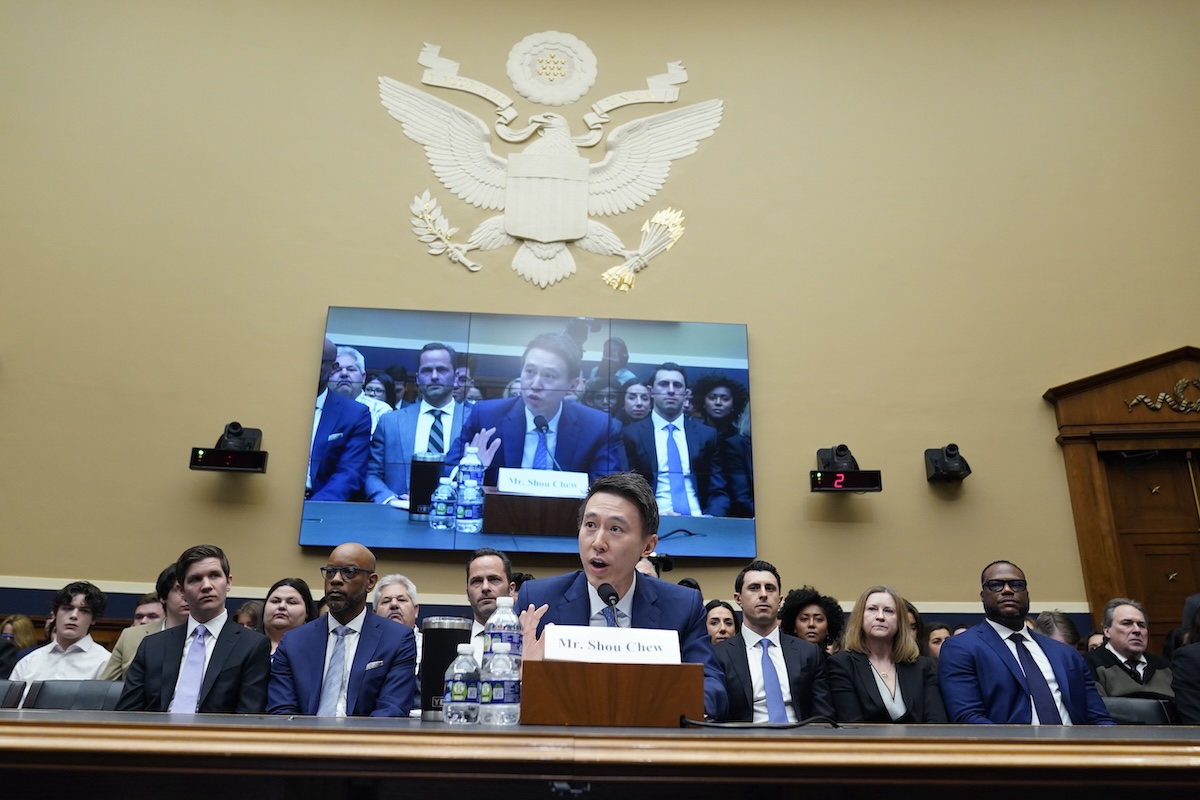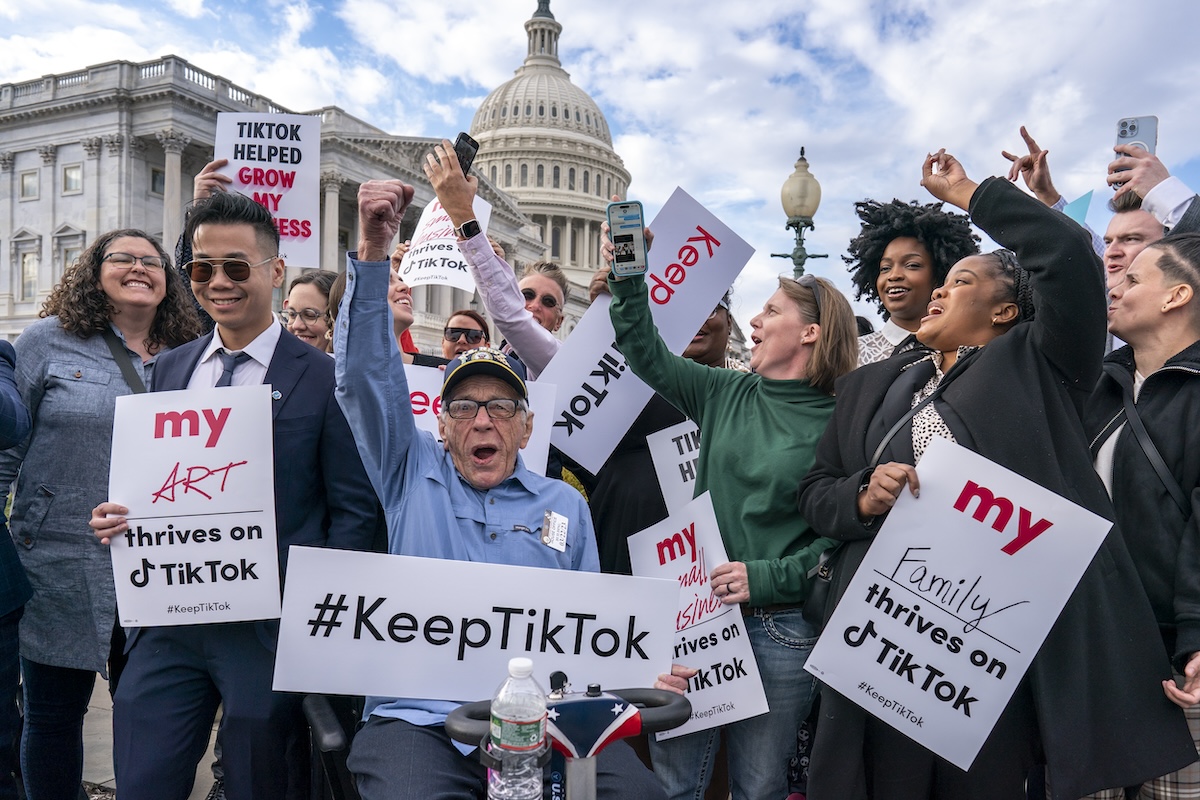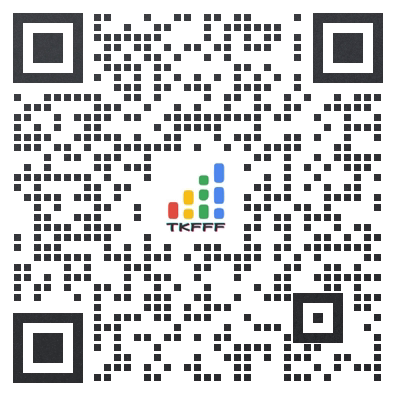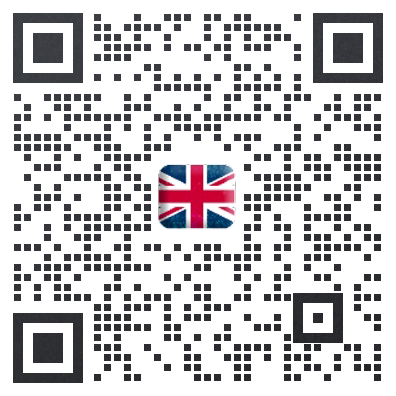To ban or not to ban: Donald Trump’s and Joe Biden’s mixed messages on TikTok

Republican presidential candidate, former President Donald Trump, left, speaks at a campaign rally in Las Vegas, June 9, 2024, and President Joe Biden speaks at White House in Washington, June 4, 2024.
When former President Donald Trump joined TikTok June 1 with a video showing him at an Ultimate Fighting Championship fight, he said it was “an honor.” A few days later, he vowed in a TikTok video to “never ban TikTok.”
Those two moments stood in sharp contrast to Trump’s 2020 announcement that he would seek to ban the social media app from operating in the United States, where TikTok reports having 170 million users.
But Trump is far from alone in sending mixed messages about the Chinese-owned platform. President Joe Biden two years ago blocked federal employees from accessing TikTok on government devices. Then, in February, his campaign joined the platform. As the Biden-Harris HQ account actively posted punchy videos featuring the president’s trademark aviator sunglasses and poking fun at his opponent, Biden in April signed a bipartisan bill that would ban TikTok if its parent company did not sell the app to a U.S. company.
With members of Congress displaying wide bipartisan support to force a sale or ban it entirely, both Biden and Trump face criticism for jumping to the app as a campaign messaging platform — and, in Trump’s case, for changing his stance on whether the app should be banned at all.
The 2024 election season represents the first time TikTok is a central presidential campaign issue. Both Trump’s and Biden’s campaigns have pointed to TikTok’s massive audience as reasons for joining and posting to the platform.
In 2021, only 12% of U.S. adults used TikTok — but in 2023 about 33% reported using the platform, according to a Pew Research Center survey. Usage was highest among adults under 30, with 62% of those surveyed saying they used TikTok.
We looked at how and why TikTok has risen in prominence, how Biden and Trump’s thoughts about the issue have evolved and where they each stand on the app’s future.
PolitiFact has a partnership with TikTok to review and assess the accuracy of content; read more about our partnership here.
When and why did TikTok rise to an issue of congressional concern?
TikTok was introduced by ByteDance in 2017 as the global version of its existing popular app, Douyin, which is accessible in mainland China. It was introduced in the U.S. in 2018 and quickly replicated Douyin’s success, but its Chinese connections began to trouble some lawmakers.
In 2019, Sen. Marco Rubio, R-Fla., asked the Treasury Department to investigate the platform’s acquisition of another app that allowed users to make voiceovers. He expressed concerns about reports of censorship by TikTok and questioned its ties to China. Sens. Chuck Schumer, D-N.Y., and Tom Cotton, R-Ark., also asked the Office of the Director of National Intelligence to investigate “the national security risks posed by TikTok.”

TikTok CEO Shou Zi Chew arrives to testify to a hearing of the House Energy and Commerce Committee, March 23, 2023, in Washington.
The Federal Trade Commission fined the platform nearly $6 million in 2019 for illegally collecting children’s data, further intensifying scrutiny. TikTok CEO Shou Zi Chew has testified twice in Congress, where he faced intense bipartisan questioning from legislators about how the app handled user privacy data and the extent of its relationship to the Chinese government through parent company ByteDance.
Trump’s role in escalating concerns about TikTok
In June 2020, some TikTok users said they had requested scores of tickets to a Trump campaign rally in Tulsa, Oklahoma, in a coordinated stunt to cause low attendance. Trump campaign officials denied the mass registrations had affected attendance.
In July 2020, Trump began signaling a move to ban TikTok — in part as retaliation for the COVID-19 pandemic, which he blamed on China. His campaign released political ads on Facebook and Instagram that accused TikTok of “spying” on users.
“Do you think we should ban TikTok? Sign the petition NOW!” the ad, which has since been deleted, said.
On Aug. 6, 2020, Trump signed Executive Order 13942, which sought to ban the app, citing national security concerns.
“At this time, action must be taken to address the threat posed by one mobile application in particular, TikTok … The United States must take aggressive action against the owners of TikTok to protect our national security,” Trump wrote in the order.
Trump argued that TikTok’s data collection practices threatened “to allow the Chinese Communist Party access to Americans’ personal and proprietary information,” which could be used for blackmail and corporate espionage.
The order sought to implement its TikTok ban within 45 days unless ByteDance agreed to sell the app to a U.S. company. American companies including Microsoft, Oracle and Walmart lined up to do a deal that would have sold off TikTok’s business in the U.S. and other Western countries.
But two federal courts struck down Trump’s order in October 2020. A month later, Trump lost the presidential election, bringing an end to his presidential attempts to ban the app.
What was Biden’s response to these early concerns?
Initially, Biden was less vocal about his stance on TikTok, although his actions revealed concern.
In July 2020, when he was running against Trump for the presidency, Biden told campaign staff to remove TikTok from their work and personal devices over security concerns.
Some of the first comments we could find from Biden on TikTok came shortly after, on Sept. 18, 2020. One day after refusing to call China an “opponent,” Biden told reporters in Duluth, Minnesota, that he believed Chinese technology companies presented a national security threat.
“I think that it’s a matter of genuine concern that TikTok, a Chinese operation, has access to over 100 million young people particularly in the United States of America,” Biden said.

Supporters of TikTok rally at the Capitol in Washington, March 22, 2023.
In response to lawmakers’ focus on the Chinese government’s potential influence over ByteDance, TikTok emphasizes that 60% of ByteDance is owned by global investors, 20% by its co-founders and 20% by employees, including thousands of Americans. The Chinese government has a 1% share in one of ByteDance’s China-based subsidiaries, not in TikTok. And TikTok argues that the Chinese government cannot compel access to data that, since 2022, has been stored only in the U.S. and controlled by a U.S.-led security team.
Where does Trump stand today?
Almost four years after his attempt to ban TikTok, Trump now says he opposes a ban.
In a June 2 statement, a day after joining TikTok, Trump said he created the account “to use every tool available to speak directly with the American people about how Joe Biden’s failed presidency is tearing apart our beautiful nation and how I am going to stop him.”
Months before signing up on TikTok, Trump had signaled a change in his posture toward the platform. In response to a bipartisan bill in Congress that sought to ban TikTok, the former president said he no longer favored a ban because it would help Facebook.
“If you get rid of TikTok, Facebook and Zuckerschmuck will double their business,” he wrote on TruthSocial March 7, referring to Meta CEO Mark Zuckerberg.
In a March 11 CNBC interview, Trump blamed Congress for his inability to ban TikTok in 2020. He said that although he considered TikTok’s national security and privacy concerns, the company was not the only social media platform with those problems.
In a subsequent Fox News interview, Trump said he opposed a ban because “there is a danger with banning it, with you know, freedom of speech.”
Trump also denied accusations from some supporters, including political strategist Steve Bannon, that he had reversed his position after a March meeting with Jeff Yass, a major Republican donor whose investments include TikTok’s parent company. He told Fox News he didn’t know about Yass’ link to the company at the time of the meeting and said they didn’t talk about TikTok.
What have Biden and the Biden administration said and done about TikTok?
In June 2021, shortly after taking office, Biden revoked Trump’s 2020 executive order but requested a report into threats posed by access to U.S. data by foreign adversaries.
Months before Biden signed the Consolidated Appropriations Act on Dec. 29, 2022, which prohibited federal employees from using TikTok on government-owned devices, TikTok had offered the government a deal.
In August 2022, the app proposed to let officials pick its U.S. operation’s board of directors, giving the government veto power over new hires, and said it would pay an American company that contracts with the Defense Department to monitor its source code, according to reporting by The Washington Post.
The U.S. declined.
The government never publicly said why it rejected TikTok’s proposal, but a senior administration official told the Post in a statement that the government determined the proposal would be “insufficient” to address the security risks and that divestment from its Chinese ownership was necessary.
On Feb. 6, 2023, a reporter asked Biden whether the U.S. should ban TikTok. “Well, that — the answer, I’m not sure. I know I don’t have it on my phone,” Biden answered. The “Biden-Harris HQ” TikTok account released its first video Feb. 11. It features Biden answering questions about his Super Bowl picks.
His campaign said it uses separate devices to access and post on the app — an attempt to circumvent the risk Biden sought to mitigate with the legislation that banned TikTok on government-owned devices. (The ban has exceptions for law enforcement, national security and security research purposes).
The Biden campaign told PolitiFact that the fragmented media environment requires communicating with voters where they are.
“TikTok is one of many places we’re making sure our content is being seen by voters,” the campaign wrote in an emailed statement. “When the stakes are this high in the election, we are going to use every tool we have to reach young voters where they are. We are using enhanced security measures.”
Vice President Kamala Harris told ABC News in March that the administration didn’t favor an outright ban on TikTok, but said its ownership needed to change.
“We do not intend to ban TikTok,” Harris said. “That is not at all the goal or the purpose of this conversation. We need to deal with the owner, and we have national security concerns about the owner of TikTok, but we have no intention to ban TikTok.”
When asked whether the campaign account should be maintained even if TikTok wasn’t sold to a U.S. company, Harris said, “We will address it when we come to it.”
In April, Biden signed legislation that would eventually ban TikTok unless it is sold to a U.S. company. House Republicans added the TikTok ban as part of an aid package to Ukraine and Israel, which the Biden administration had been wanting for months.
TikTok has challenged the law in federal court.
文章来源:politifact


TKFFF公众号
扫码关注领【TK运营地图】

TKFFF合作,请扫码联系!







 闽公网安备35021102002035号
闽公网安备35021102002035号